Soc Trang seeks feasibility report on Tran De Seaport
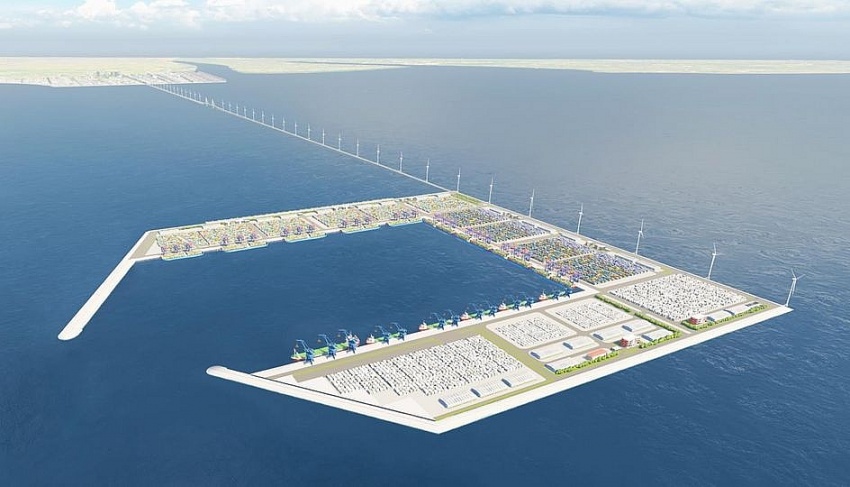 |
Lam Hoang Nghiep, Deputy Chairman of Soc Trang People’s Committee, said that many domestic and foreign investors are interested in the development. Under the master plan for the development of Vietnam's seaports, Tran De is planned to become a special deepwater port and has been singled out as an investment priority.
Once completed, the seaport will act as a gateway to the region and will be capable of berthing vessels with a capacity of between 100,000 and 160,000DWT.
The Mekong Delta province of Soc Trang is offering a range of incentives to entice private investment in the port. Investors will enjoy a preferential tax rate of 10 per cent for ten years, tax exemptions for four years, and a 50 per cent reduction on payable taxes for the following nine years, as well as exemptions on land and water surface rentals for the entire leasing period.
The project covers a total area of 4,550 hectares and will handle 30-35 million tonnes of cargo annually. It is one of the projects earmarked to become a Mekong Delta gateway and should make a significant contribution to the development of the region.
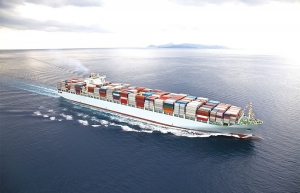 | Investors seek seaport access improvements While having interest in seaport projects, both domestic and foreign companies are seeking better infrastructure access and development of quality distribution and logistics centres before making concrete plans. |
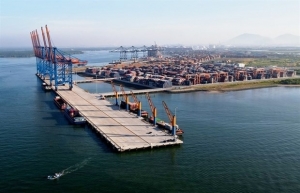 | Railway, seaport networks need to be arteries of economy: Deputy PM The railway network connecting economic hubs and seaports needs to be designed as the key arteries of the economy, Deputy Prime Minister Tran Hong Ha said at a meeting with the Ministry of Transport and relevant departments on March 2. |
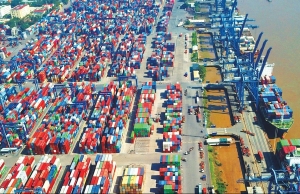 | Momentum for seaports hard to retain While complex global developments are affecting the performance of seaports, action is needed to ensure growth momentum. |
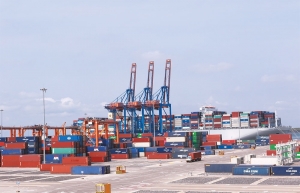 | Seaports missing out on fee windfalls Vietnamese shipping organisations’ proposal to raise charges for container loading and unloading services at seaports, if becomes true, will not affect exporters and importers. |
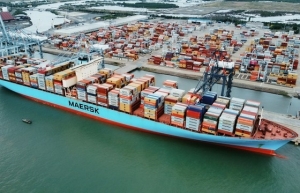 | More private capital required for seaports A downturn in exports may prompt the private sector to reevaluate its investment plans in the nation’s seaports, which are estimated to require over $13 billion by 2030. |
What the stars mean:
★ Poor ★ ★ Promising ★★★ Good ★★★★ Very good ★★★★★ Exceptional
Related Contents
Latest News
More News
- Global partnerships key to Vietnam’s IFC development (December 26, 2025 | 16:18)
- Vingroup pulls out of bid to invest in North-South high-speed railway (December 26, 2025 | 11:42)
- Strengthening supply chains through trade promotions and customs reform (December 24, 2025 | 14:00)
- PM orders investment model for North–South high-speed rail (December 22, 2025 | 17:43)
- LS Eco Energy to invest in Vietnam rare earth sector (December 22, 2025 | 17:31)
- Government moves to establish International Financial Centre (December 21, 2025 | 21:00)
- Vietnam's IFC to target global investment flows (December 21, 2025 | 18:00)
- Two national hospitals expand capacity with new facilities (December 20, 2025 | 09:00)
- Ha Tinh breaks ground on major Vingroup industrial and energy projects (December 19, 2025 | 18:24)
- EVN launches major power infrastructure projects nationwide (December 19, 2025 | 18:17)

 Tag:
Tag:




















 Mobile Version
Mobile Version